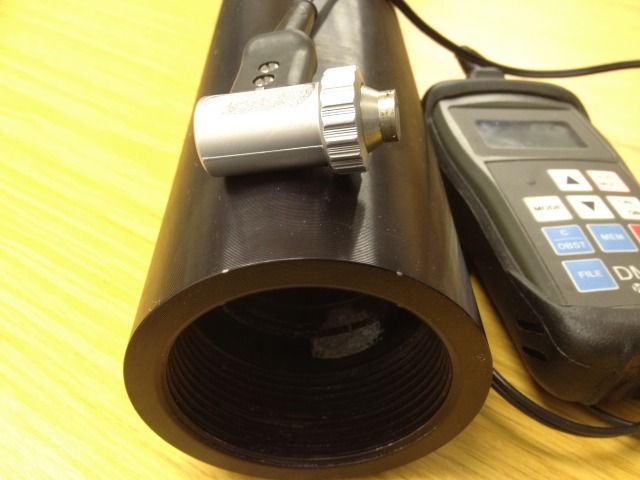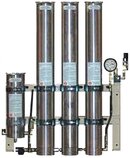Pitting corrosion is where it starts but its inter-granular corrosion that originates cracking.
Now I don't know your filter material but I'm assuming its 7076 and as such may have been hard anodised however if its a coloured anodise finish blue gold red grey etc then it isn't hard anodise but soft.
Now its been covered probably with probably an epoxy metal putty knowing the hydraulic industry it is now susceptible to inter-granular corrosion under the cover so to speak.
Stress corrosion cracking of aluminium alloys is another thing to look out for again not knowing the material but alloys containing silicone, zinc, copper and magnesium are susceptible
The well known key factors are high water vapour, organic liquids, and pressure cycling.
The danger is that stress cracking can be achieved at far lower levels with the above factors than at the stresses required for yield.
Not wishing to alarm you but I don't think the outfit you used were up to the job. Further an E-bay purchase as an overseas customer is IMHO is asking for trouble.
You have no idea where this filter came from, if it had not already been scrapped been involved in a filter fire, how old it is, how many pressure cycles it's done and with no documentation, or verifiable history.
The company who took your cash for the repair behaved poorly also you should have been better informed.
In summary the job "never happened" Did they ask you the working pressure, or the pressure design code, the cyclic loadings or did they just jack the pressure for cash?
This is one good reason to use diving forums but preferably before you pay money.
Corrosion of the 0-ring contact line in filter shells is systematic with poorly maintained compressors and as the photo below shows, you can see the example of poor or non existent maintenance.
The wall thickness is measured for depth with the ultrasonic tool also in the photo
Iain Middlebrook



